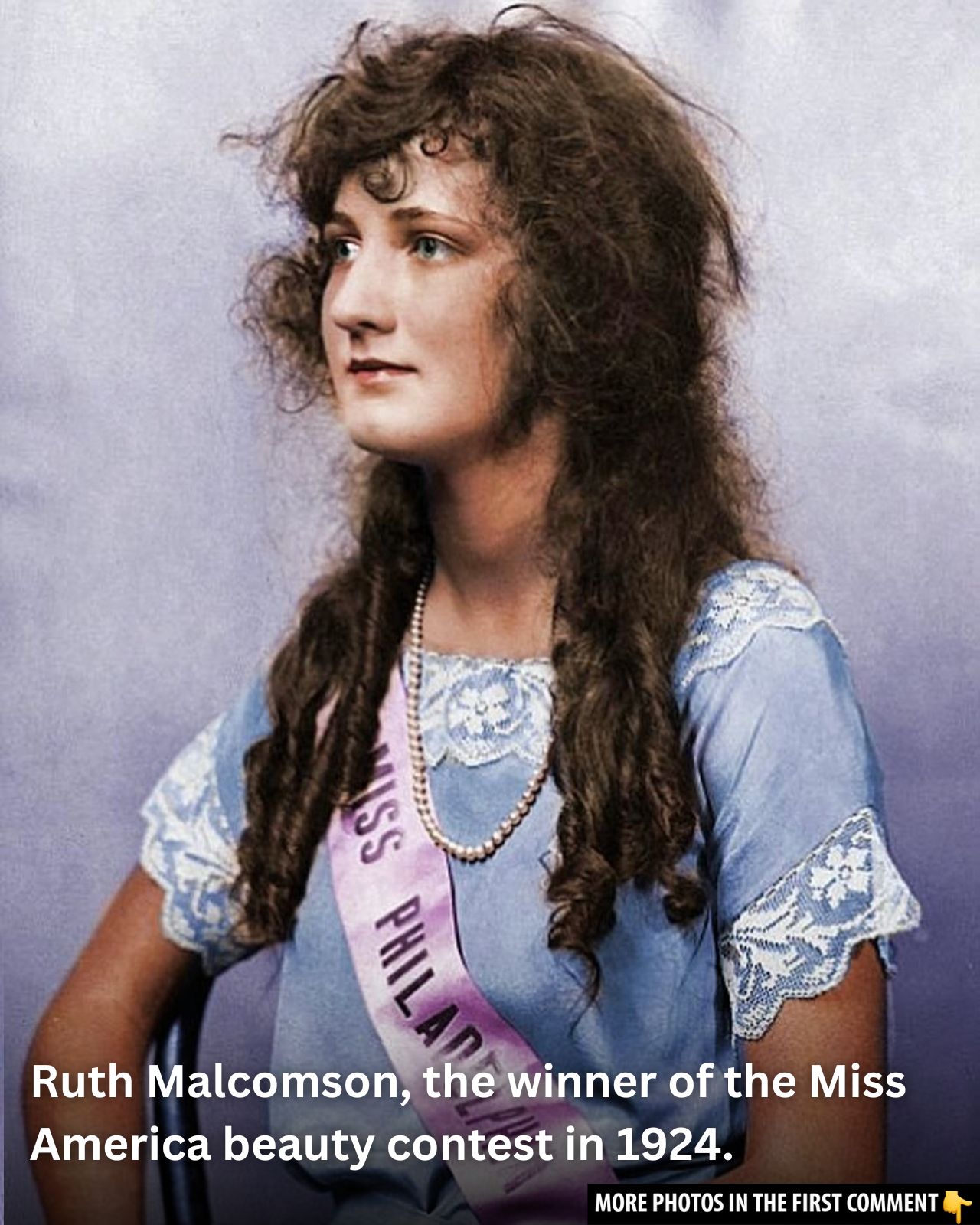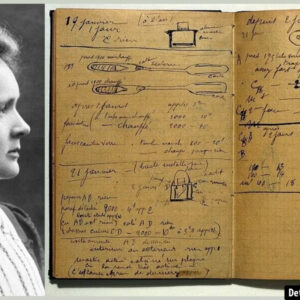The Miss America beauty pageant has long stood as a cultural landmark in America, symbolizing not just the celebration of beauty, but the evolution of societal ideals over nearly a century. From its humble beginnings in 1921 to the glamour and fame it enjoys today, the Miss America pageant has showcased the talent, grace, and intelligence of young women from across the nation. Through the decades, the pageant has mirrored the ever-shifting attitudes towards beauty, gender roles, and the American ideal. In this article, we’ll explore the rich history of Miss America through stunning photographs from its early years, shedding light on how the competition evolved and what it meant for the women who participated.
The Origins of Miss America: Atlantic City Pageant and Early Beginnings
The roots of the Miss America pageant can be traced back to the late 19th century, specifically to the 1854 Atlantic City Pageant in New Jersey. Although not exactly the same as today’s competition, it laid the groundwork for what would later become the Miss America Pageant. In 1921, the Miss America competition officially began in Atlantic City, New Jersey, not as a major cultural event, but as a way to extend the tourist season beyond Labor Day.
The 1921 Miss America Pageant: Margaret Gorman’s Historic Victory
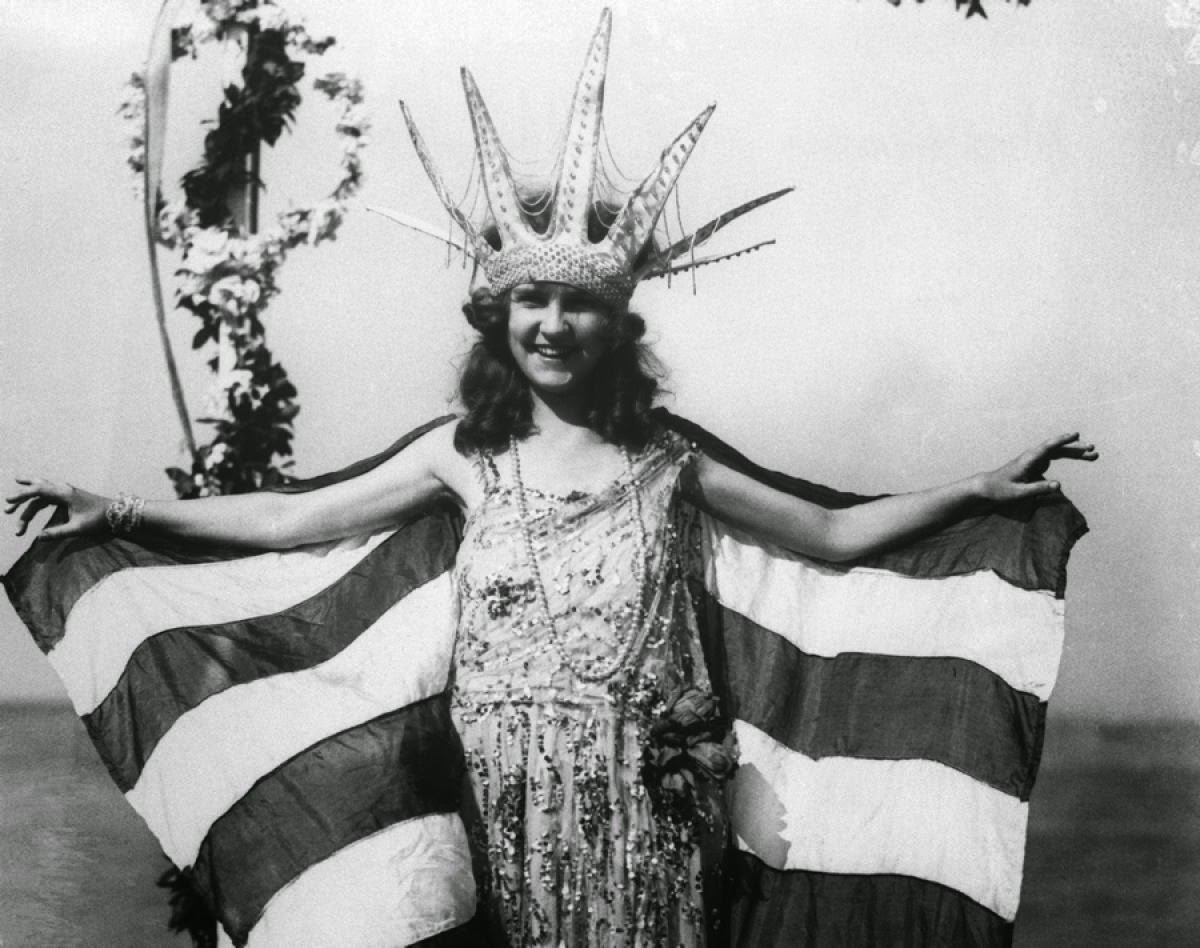
The inaugural Miss America pageant in 1921 crowned Margaret Gorman, a 16-year-old from Washington, D.C., as its first-ever winner. Margaret was not only the winner of the beauty contest but also the recipient of a popularity contest, winning $100 and recognition as the embodiment of American beauty. The 1921 Miss America Pageant was attended by more than 100,000 people and showcased the beginnings of a cultural phenomenon. Margaret’s win set the stage for the many women who would follow her in the years to come, and it also signified the beginning of the Miss America legacy.
Video
Watch The History of the Miss America Pageant and learn about the origins and evolution of this iconic beauty competition.
Miss America 1923: Mary Katherine Campbell’s Historic Two-Time Win
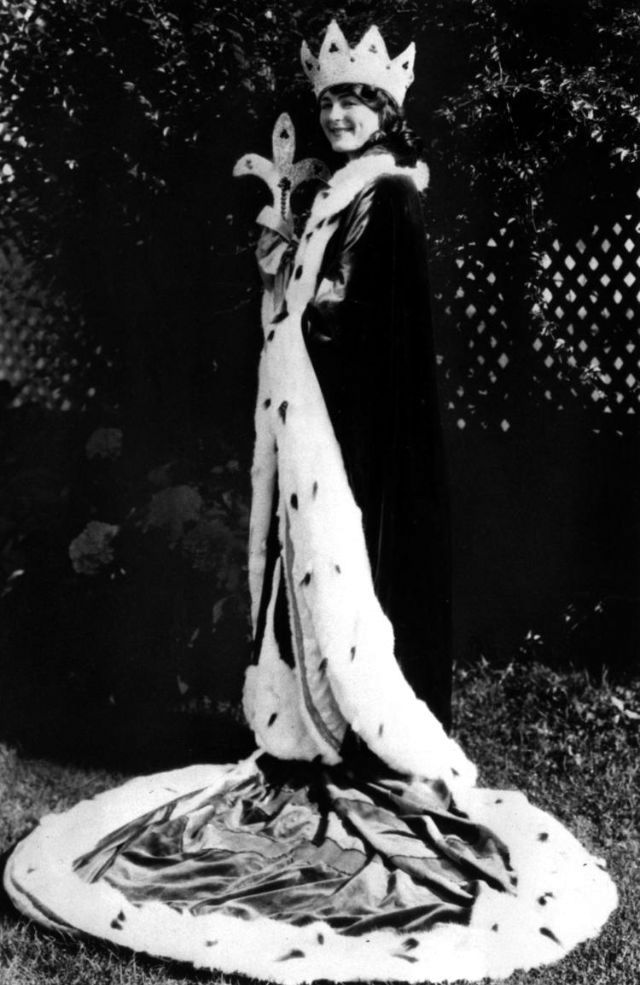
Mary Katherine Campbell made history in 1923 when she became the first woman to win the Miss America title twice. Her repeated victory brought attention to the pageant, cementing its position as a major event in American culture. The Miss America competition was no longer just a small local event but a national phenomenon that celebrated both beauty and the emerging talents of young American women. Mary Katherine Campbell’s legacy further solidified the pageant’s significance, leading to the development of more complex beauty standards and the introduction of new aspects like talent competitions.
The Introduction of Talent: A Shift in the Miss America Competition (1930s)
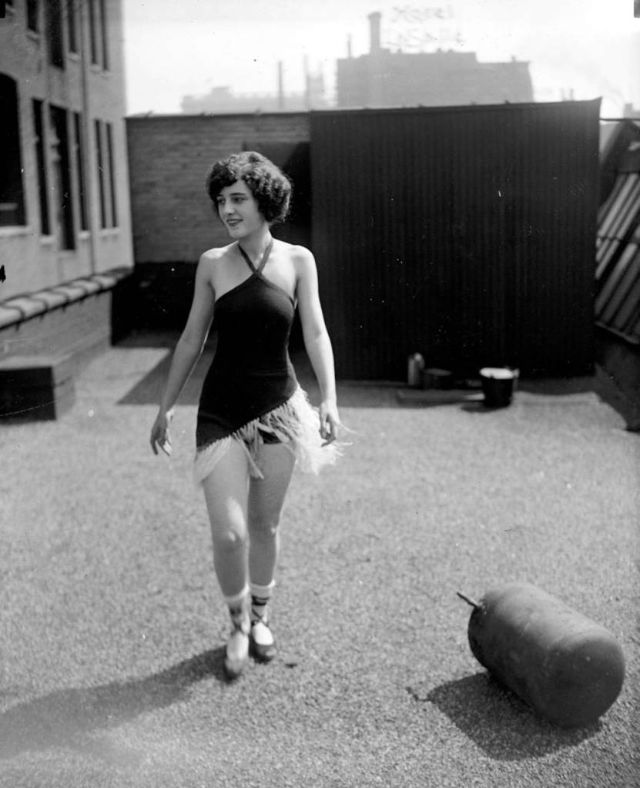
The 1930s saw a major shift in the structure of the Miss America Pageant with the introduction of the talent portion of the competition. Before this, beauty was the sole focus. However, the inclusion of talent demonstrated that a woman’s worth was not defined merely by her appearance. Contestants now had the opportunity to showcase their talents, such as singing, dancing, or playing musical instruments. This change marked a turning point in the competition’s history, as it acknowledged the multifaceted nature of women’s abilities, making the pageant more than just about looks.
The 1940s Miss America: Glamour, Grace, and Elegance
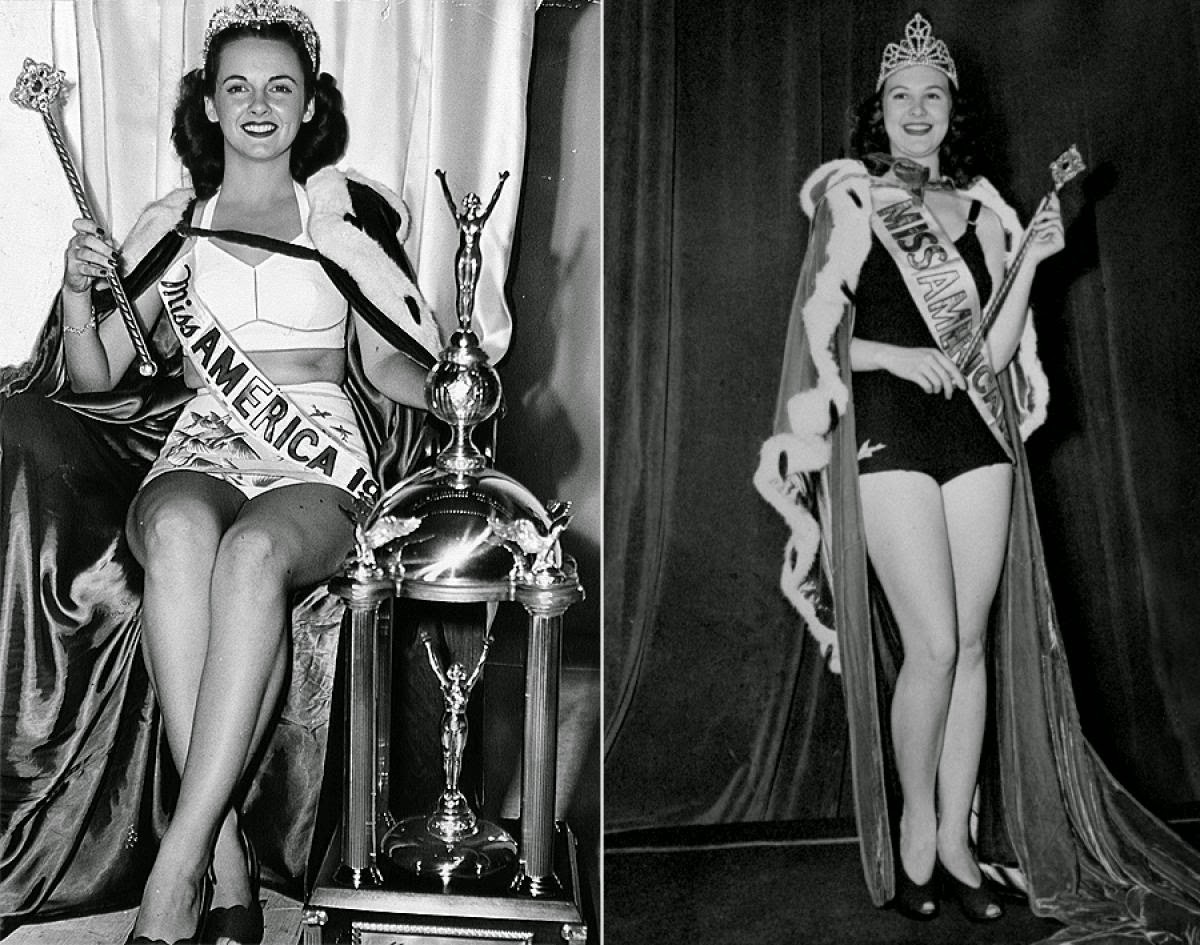
During the 1940s, Miss America continued to evolve, with the pageant becoming a true representation of elegance, glamour, and grace. The 1947 Miss America winner, Barbara Jo Walker, epitomized the ideals of beauty during this era, as the pageant was no longer just a beauty contest but a platform for showcasing the talent and intelligence of young women. Even in the 1940s, Miss America winners were given not only crowns and sashes but also wands and trophies, reinforcing the idea of a pageant as a celebration of poise and dignity.
The Rise of Global Pageants: Miss World, Miss Universe, and Beyond
The success of Miss America inspired other countries to create their own beauty pageants. In the 1950s, Miss World and Miss Universe were founded, further solidifying the global impact of beauty pageants. The creation of Miss USA in 1952 also aligned with the international trend, and the Miss International competition began in 1960. By the 1960s, beauty contests had become a global phenomenon, with the Miss America Pageant at the center of the movement.
The Bikini Debate: Controversy and Changing Swimsuit Standards
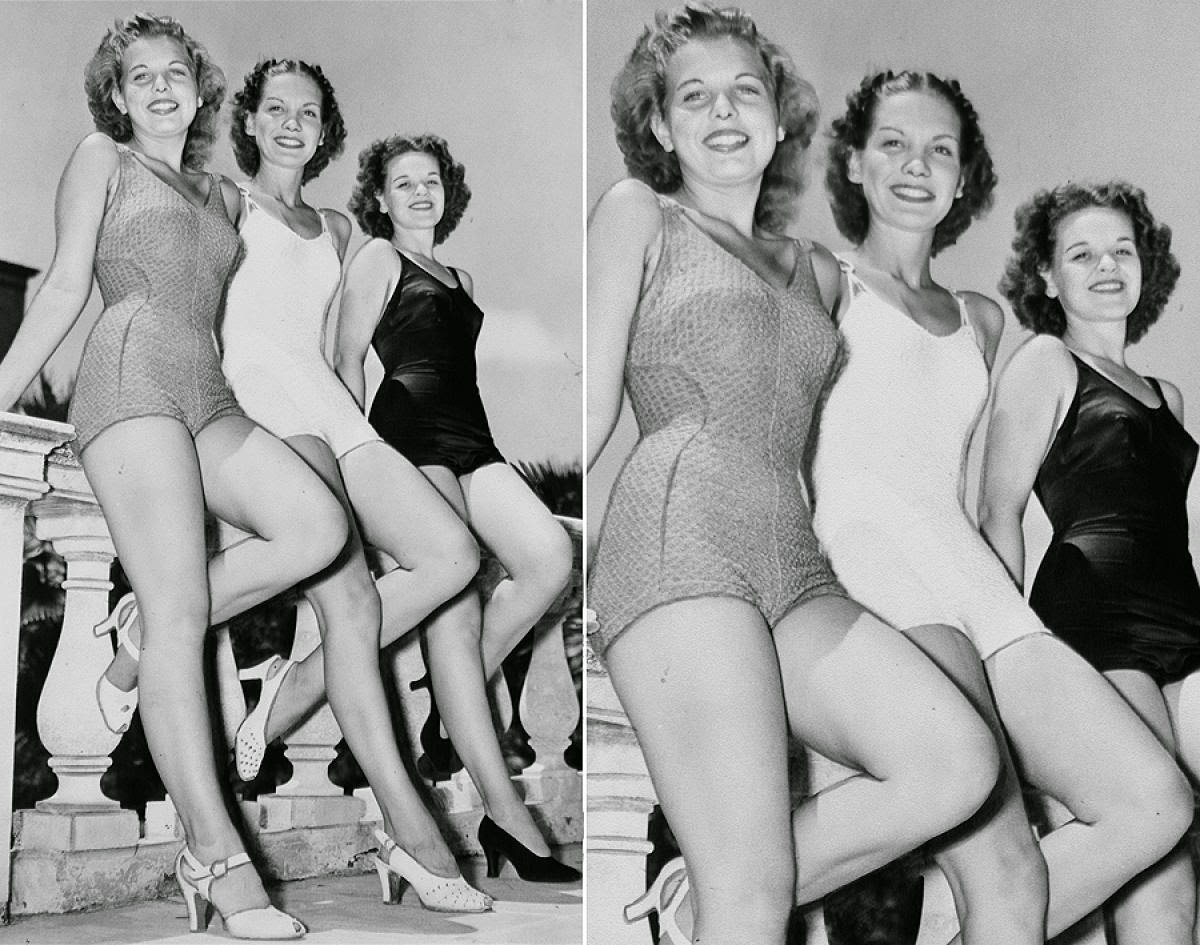
One of the most controversial aspects of the Miss America Pageant, particularly in the 1940s and 1950s, was the swimsuit competition. When the bikini was introduced in 1946, it sparked protests, particularly from religious groups. In 1947, the bikini was banned from the Miss America Pageant after protests from Roman Catholic groups. This event marked the first major clash between beauty standards and the changing cultural landscape. It wasn’t until the 1990s that the bikini was allowed again, symbolizing a shift in attitudes toward body image and women’s empowerment in the pageant world.
The Miss Black America Contest: A Response to Exclusion
The creation of the Miss Black America contest in 1968 served as a response to the exclusion of African-American women from the Miss America competition. For years, the pageant had been criticized for its lack of diversity. The Miss Black America pageant gave African-American women the platform to showcase their talents and beauty, helping to highlight the ongoing issues of race and representation in America. This movement paved the way for increased diversity and inclusivity in beauty pageants in the years that followed.
Conclusion: The Miss America Pageant’s Lasting Cultural Impact
The Miss America pageant has undergone many changes over the years, reflecting the evolving societal and cultural norms in America. What started as a simple contest in Atlantic City has now become an institution that represents much more than just beauty. It celebrates talent, intelligence, and diversity, continuing to serve as a platform for women across the nation to demonstrate their abilities. Though the pageant’s legacy is not without controversy, its impact on American culture cannot be denied. Miss America will always hold a special place in the history of beauty pageants, marking milestones of empowerment, change, and growth.
Gallery: Iconic Miss America Beauty Pageant Photos

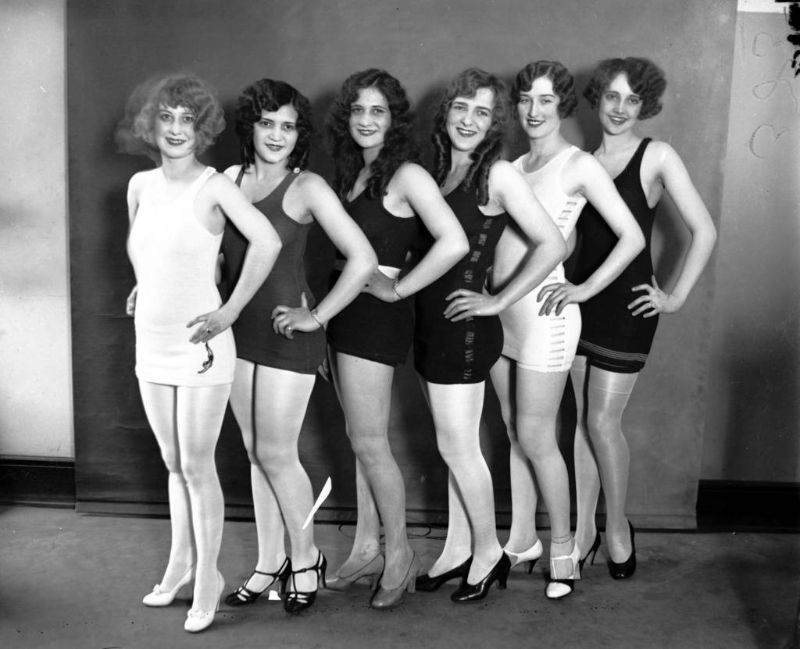

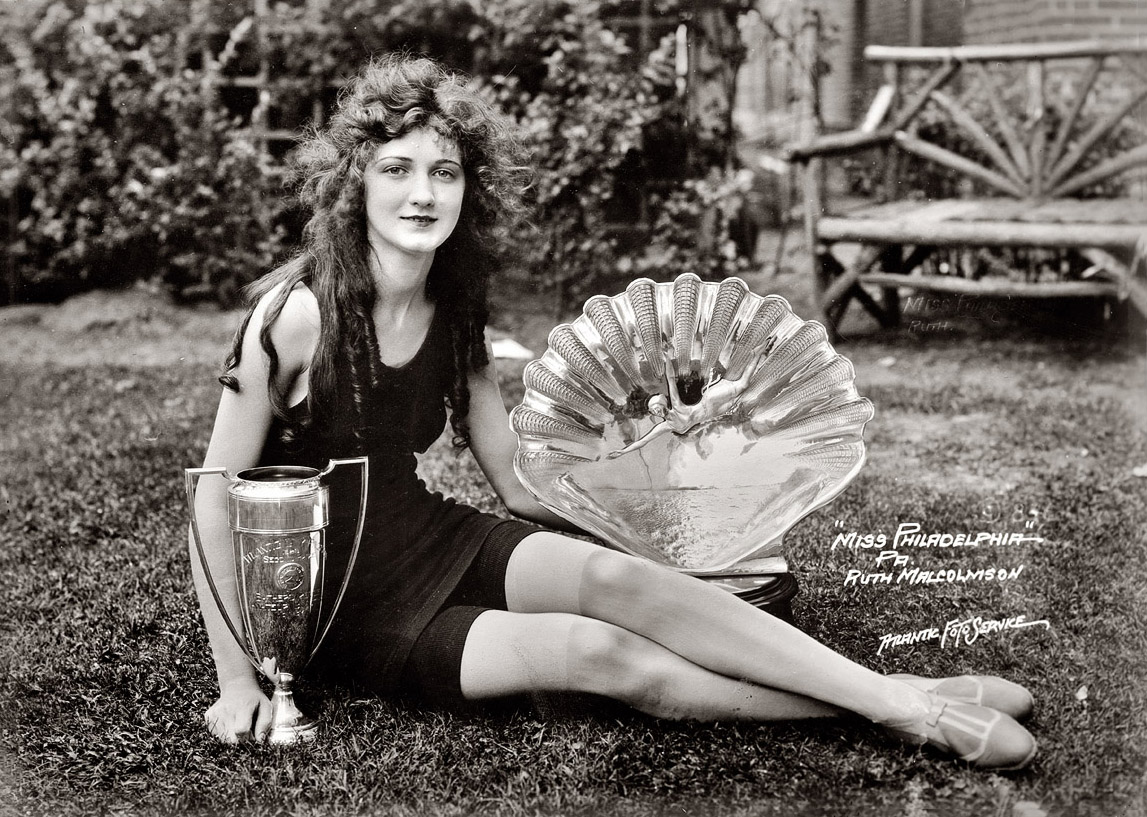
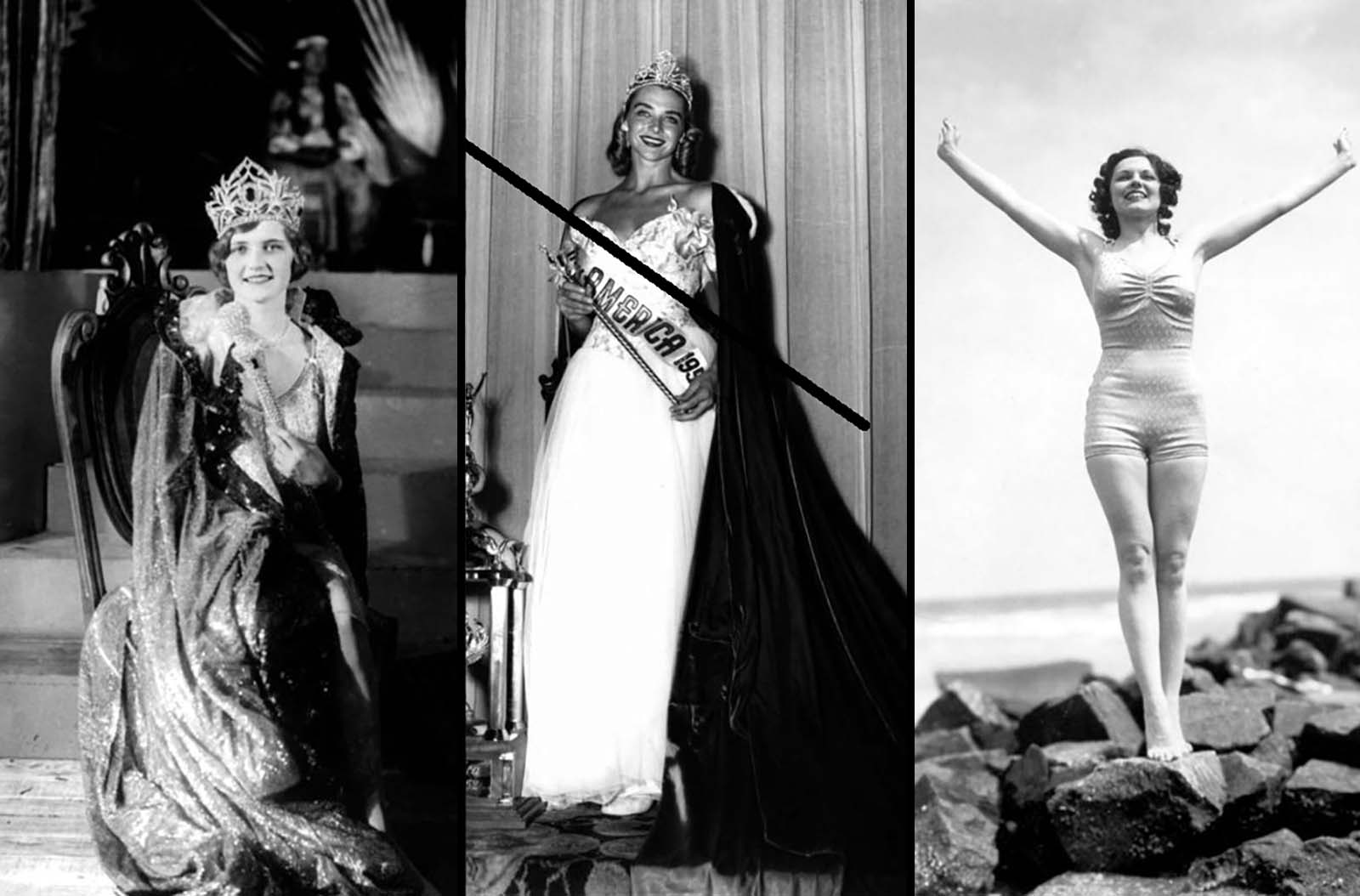
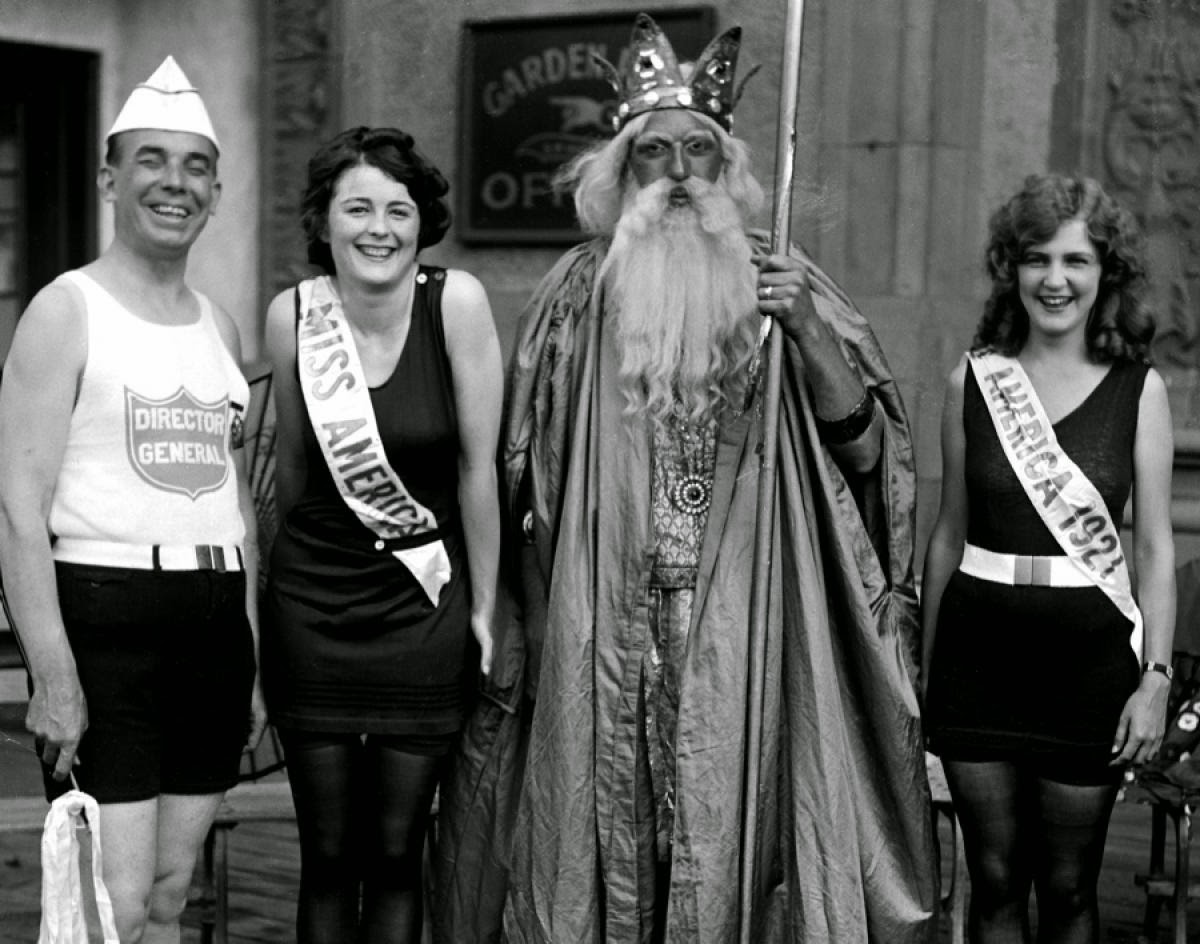

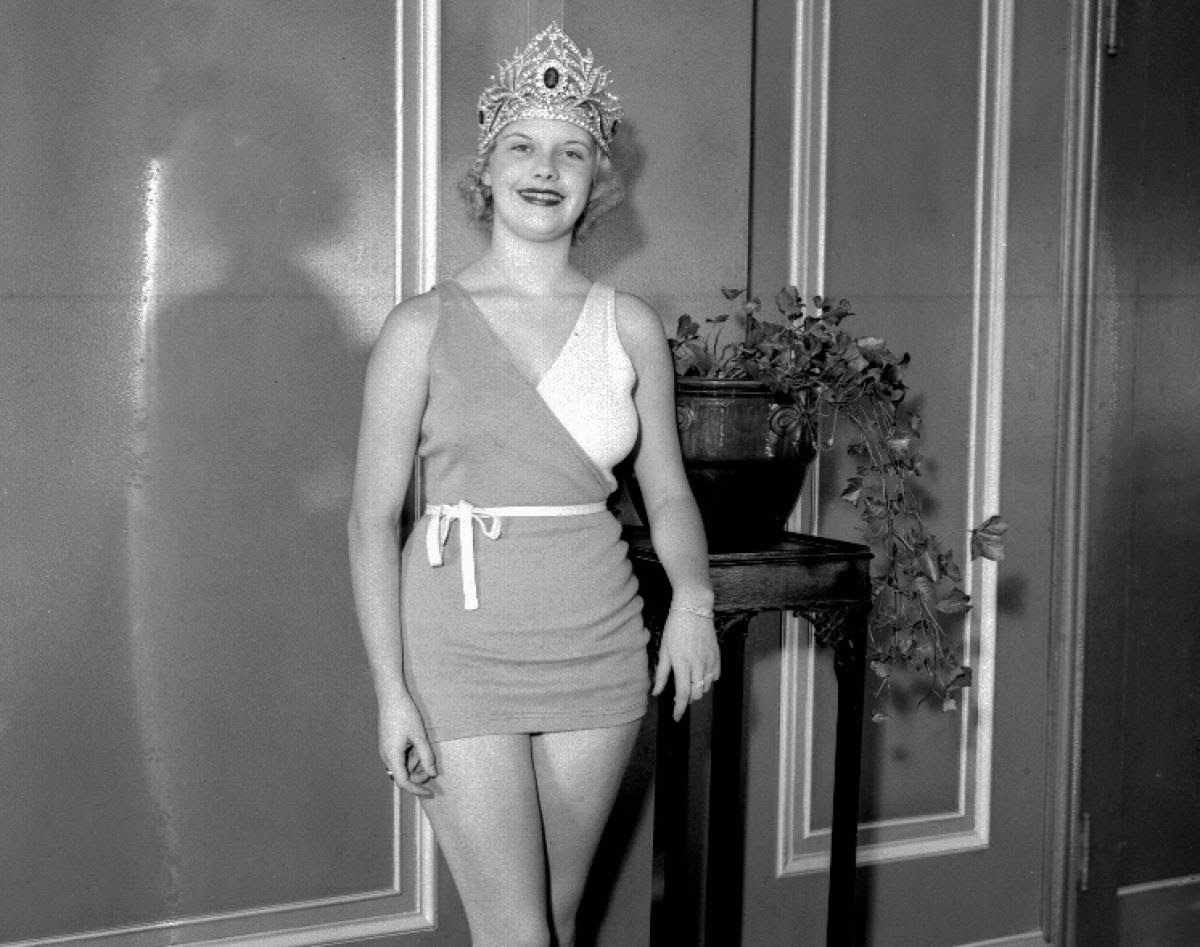
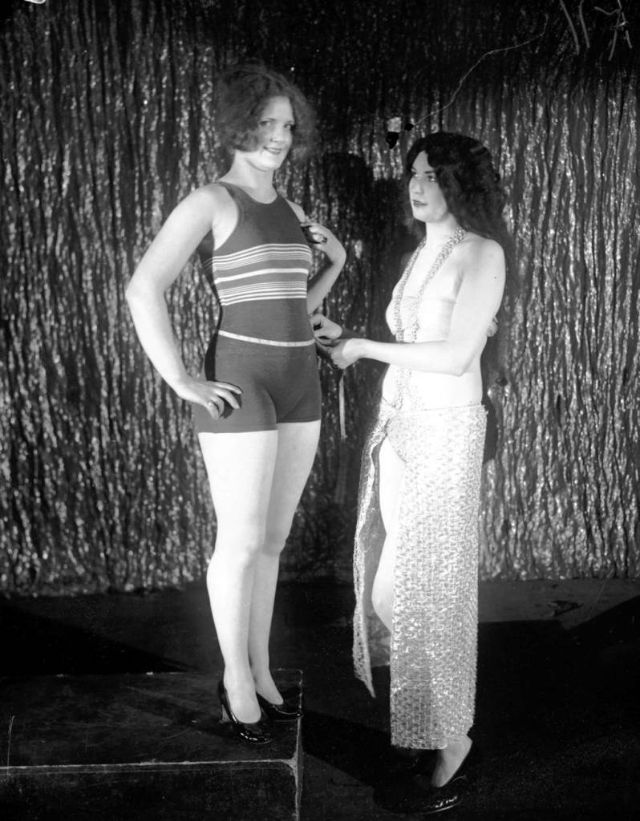

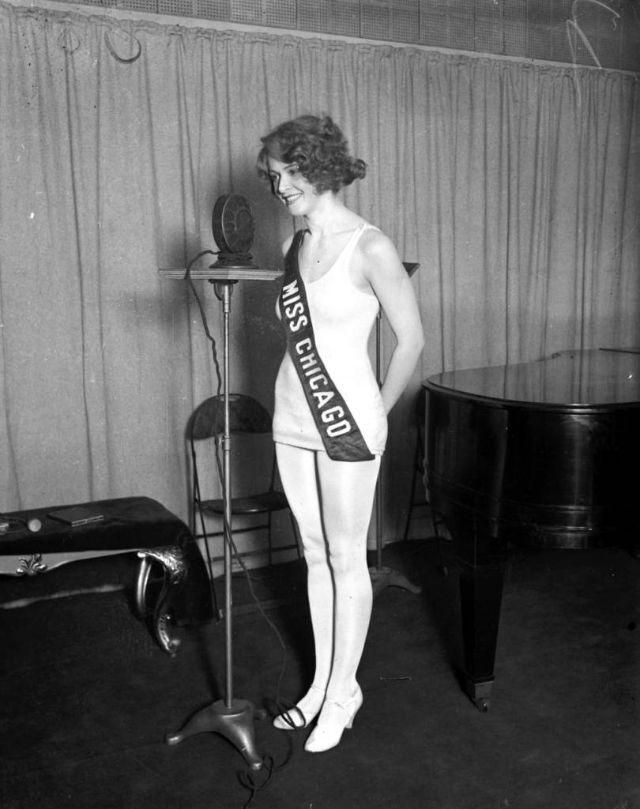
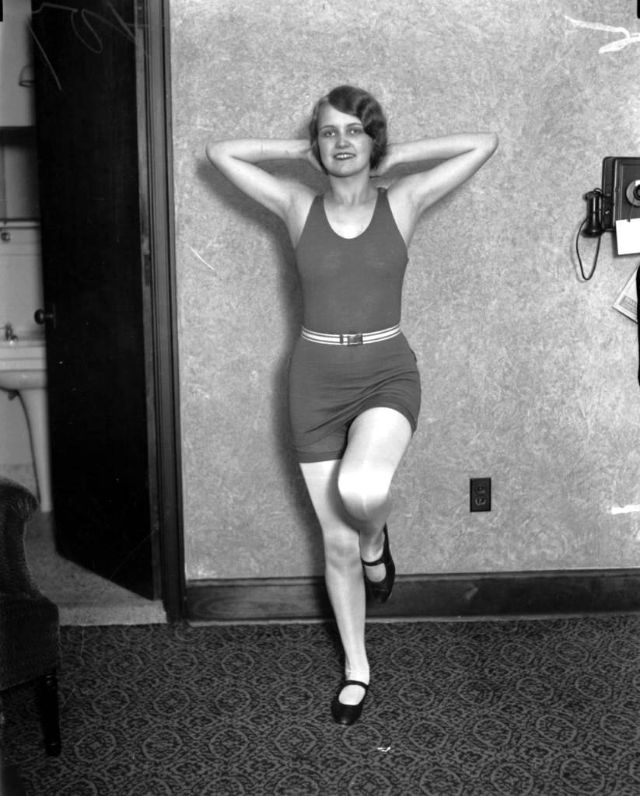
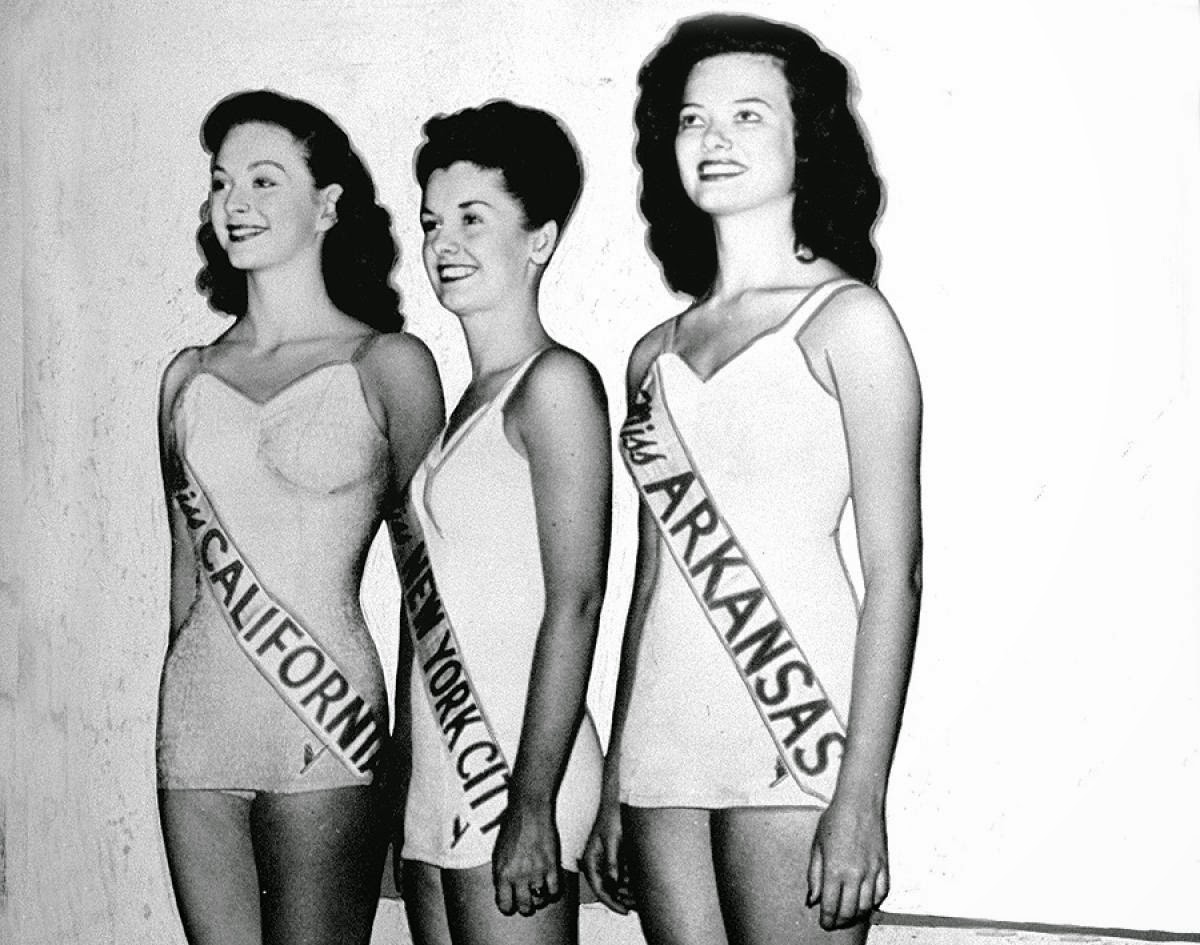

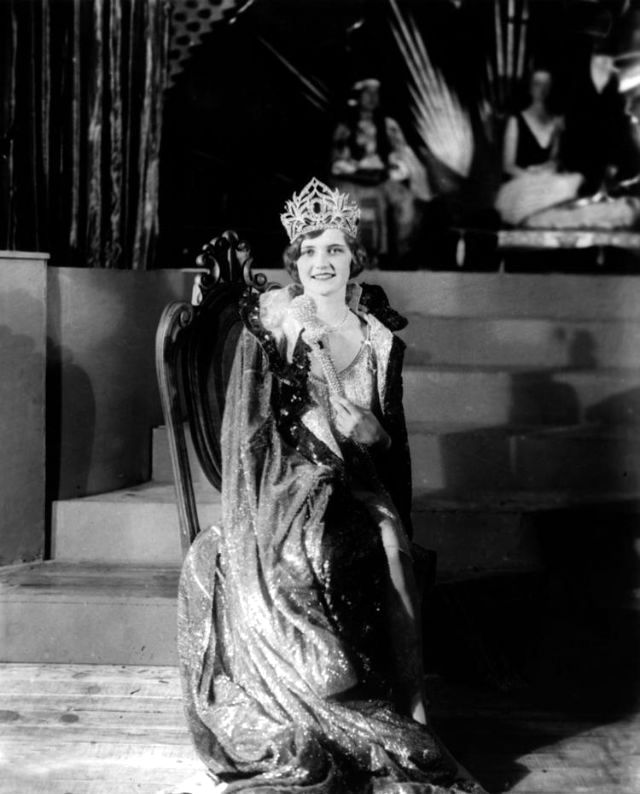

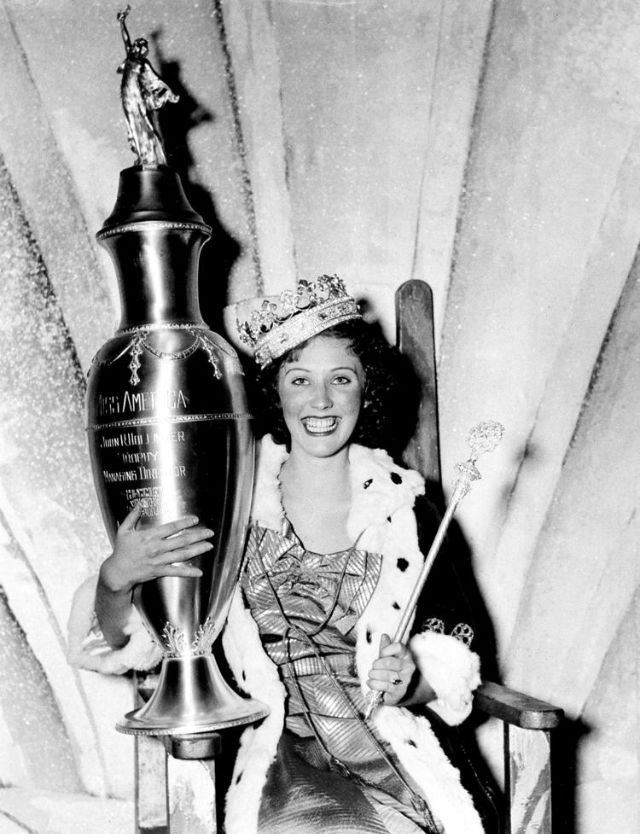
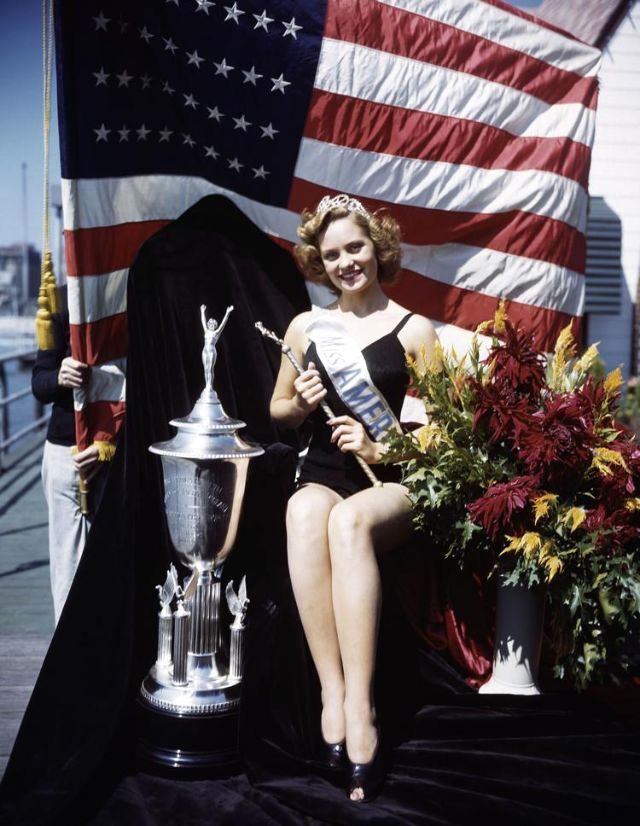

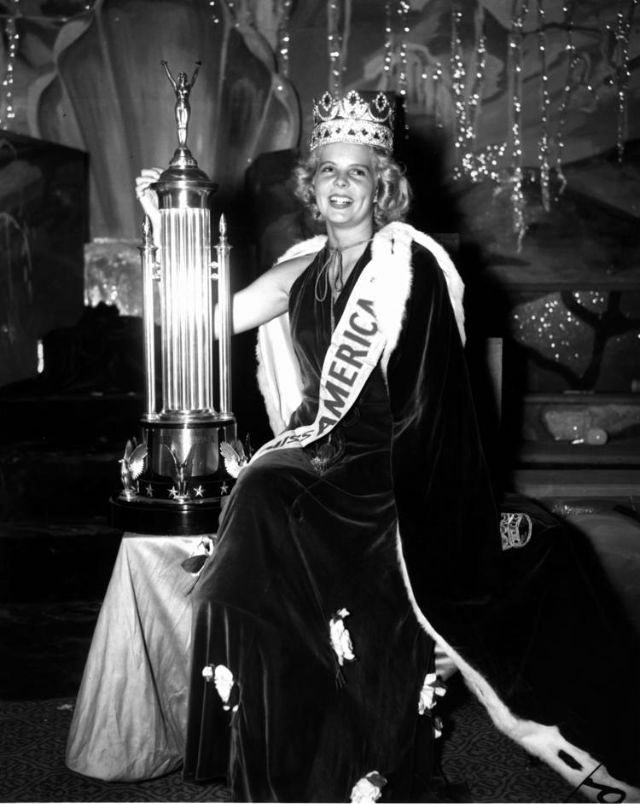

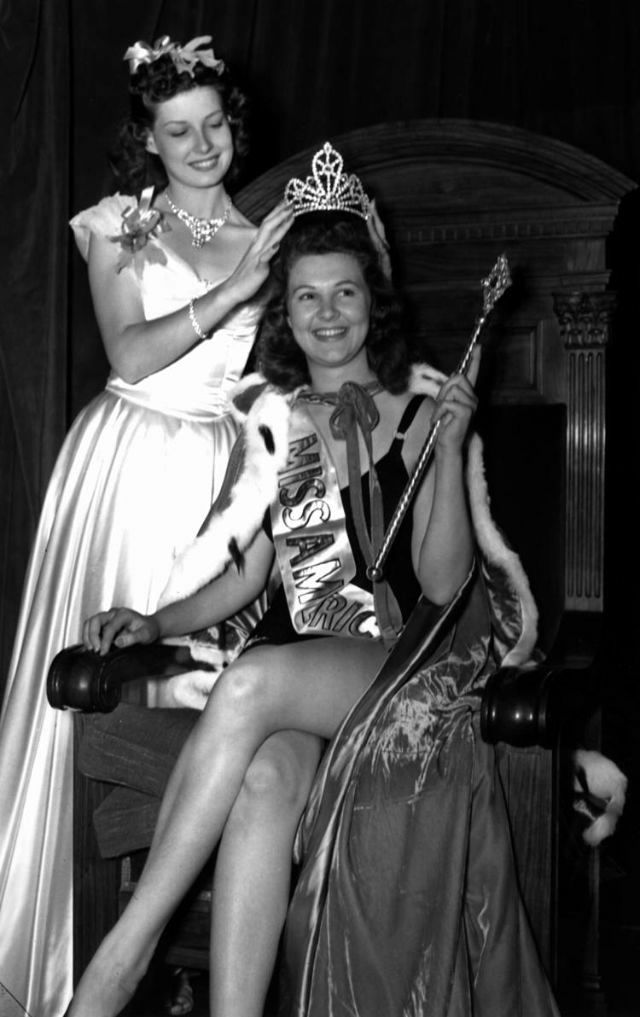
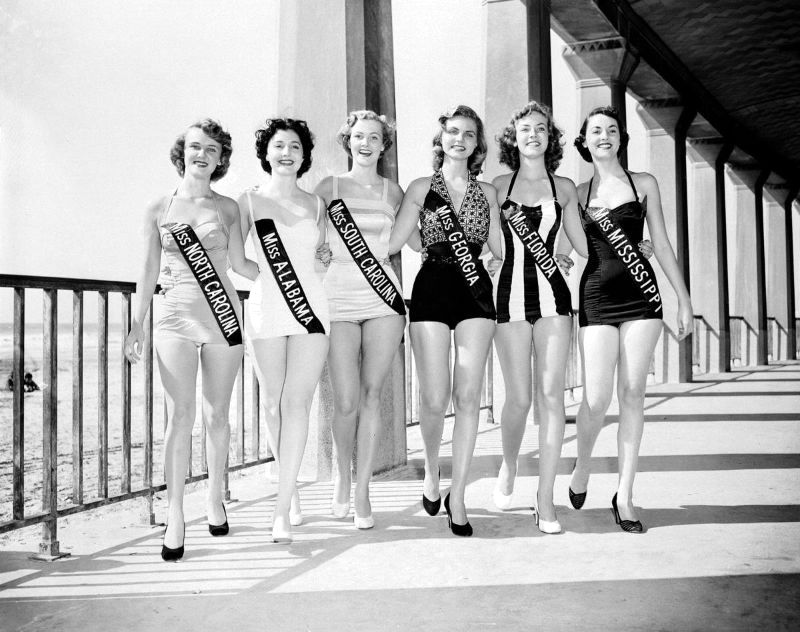

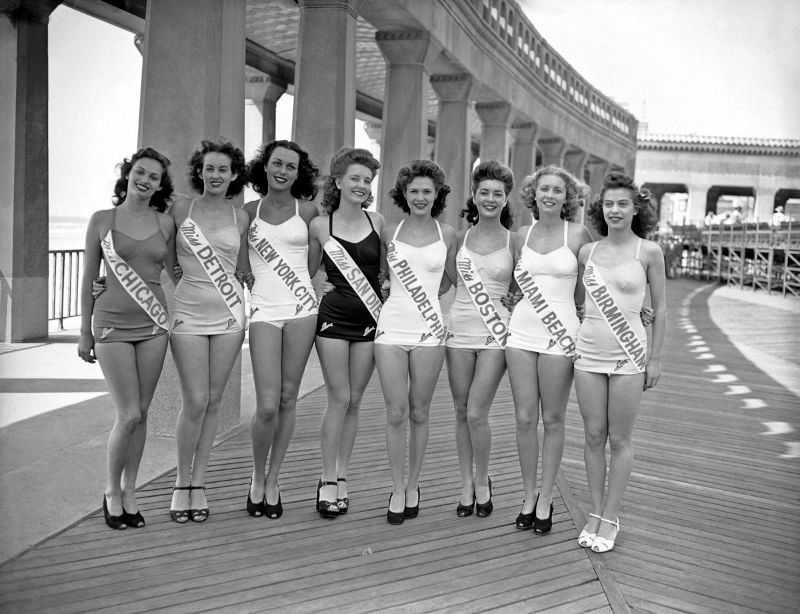
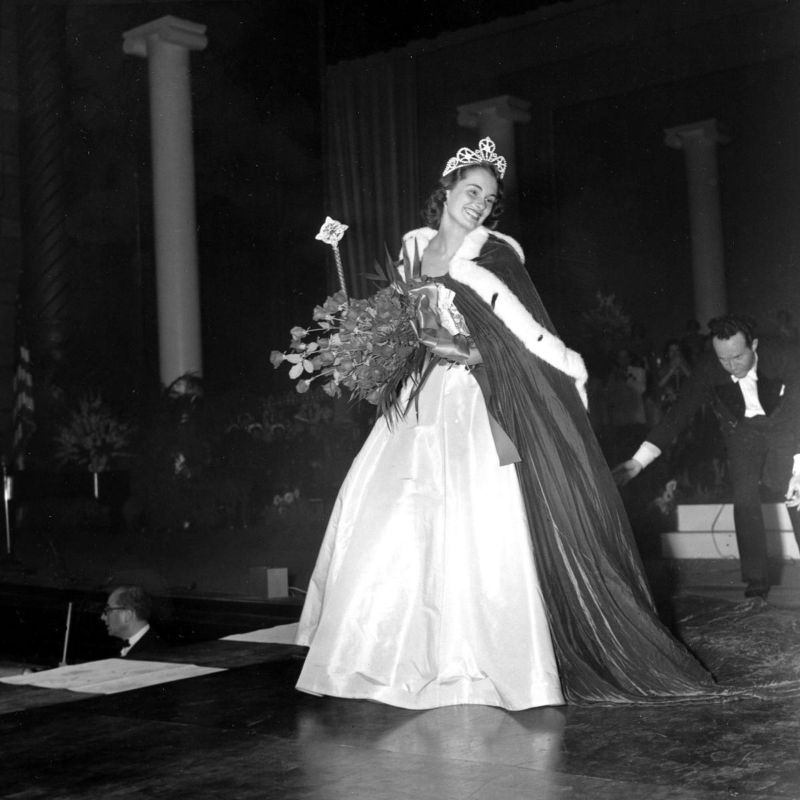

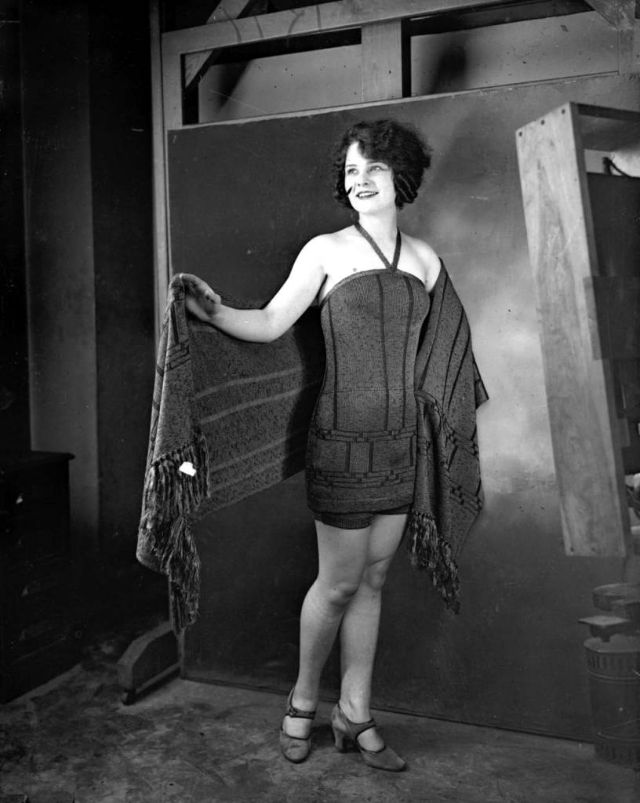
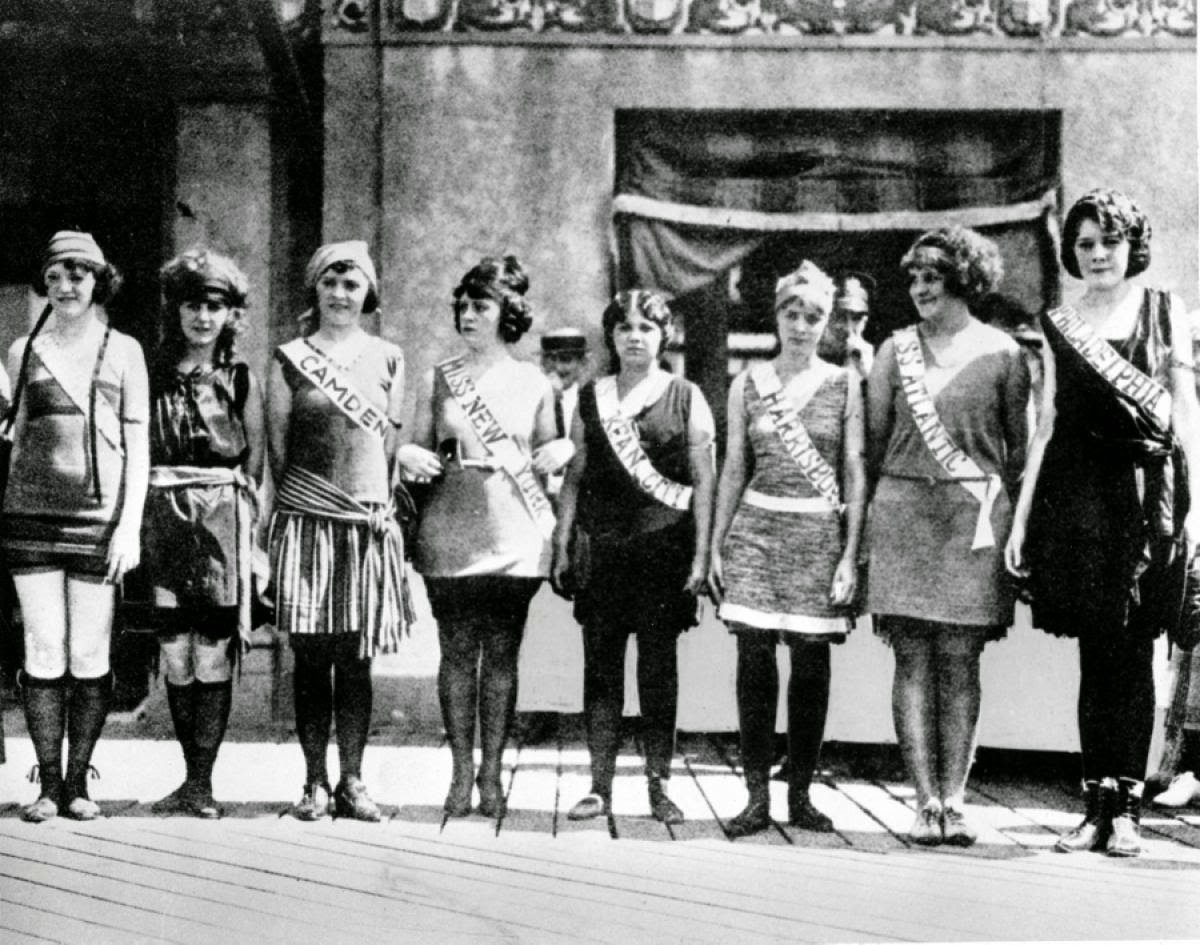
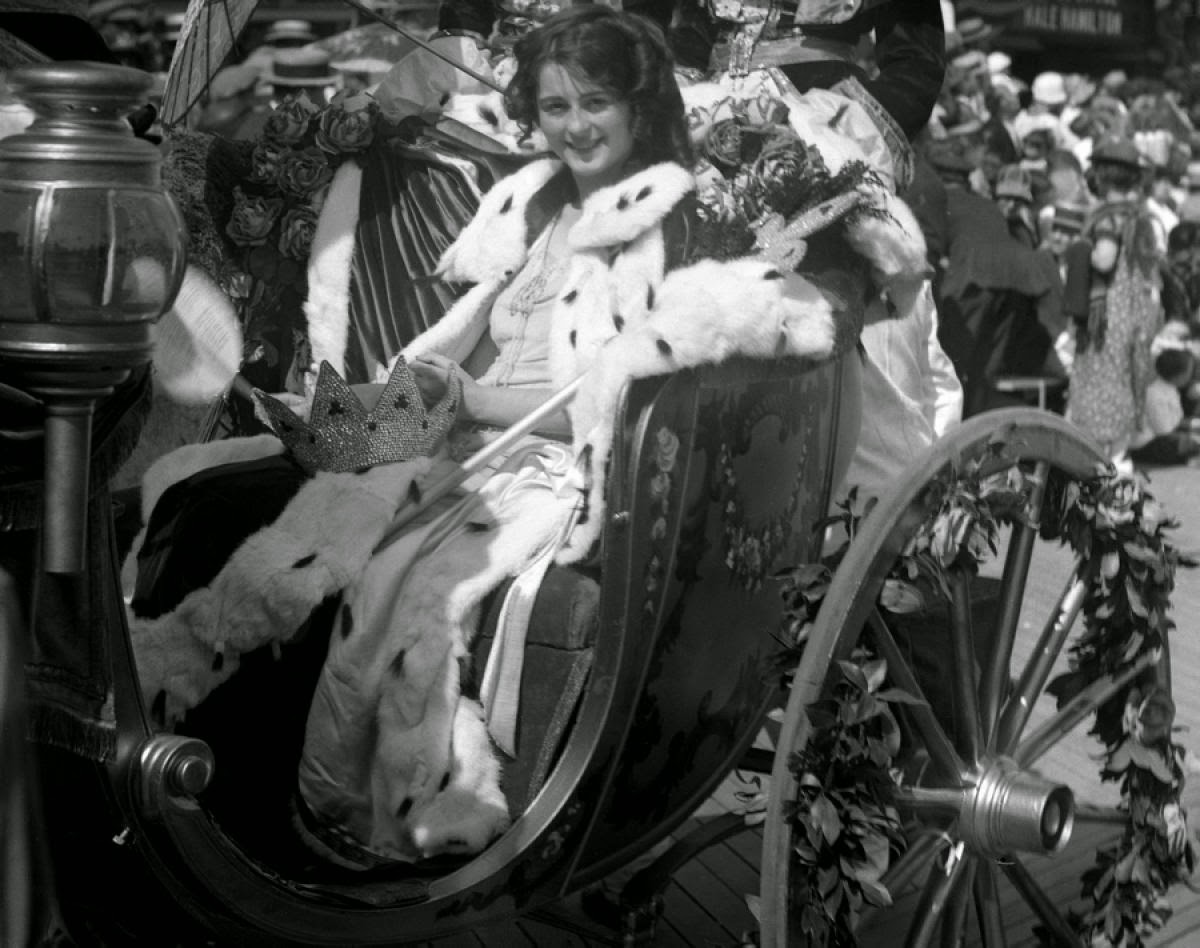
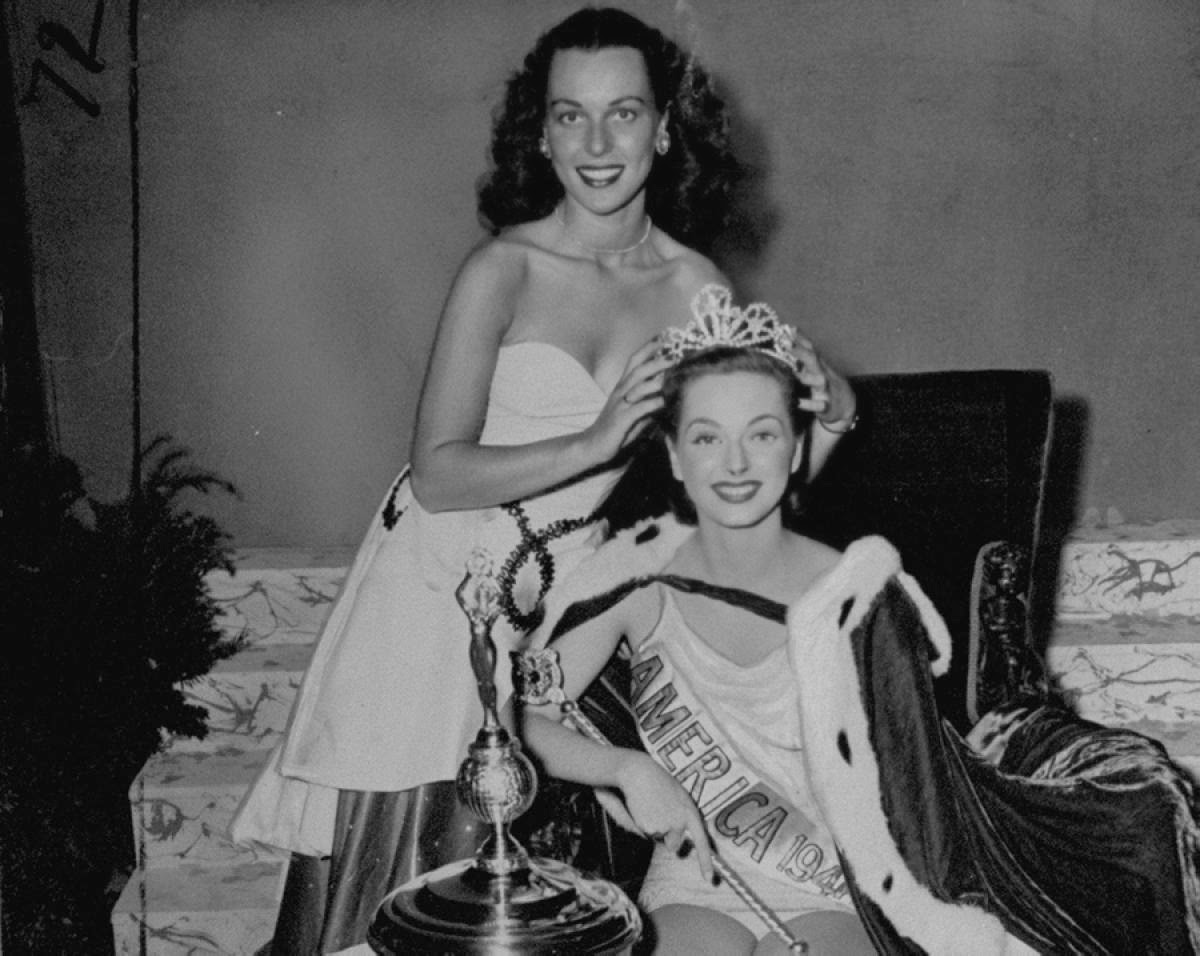
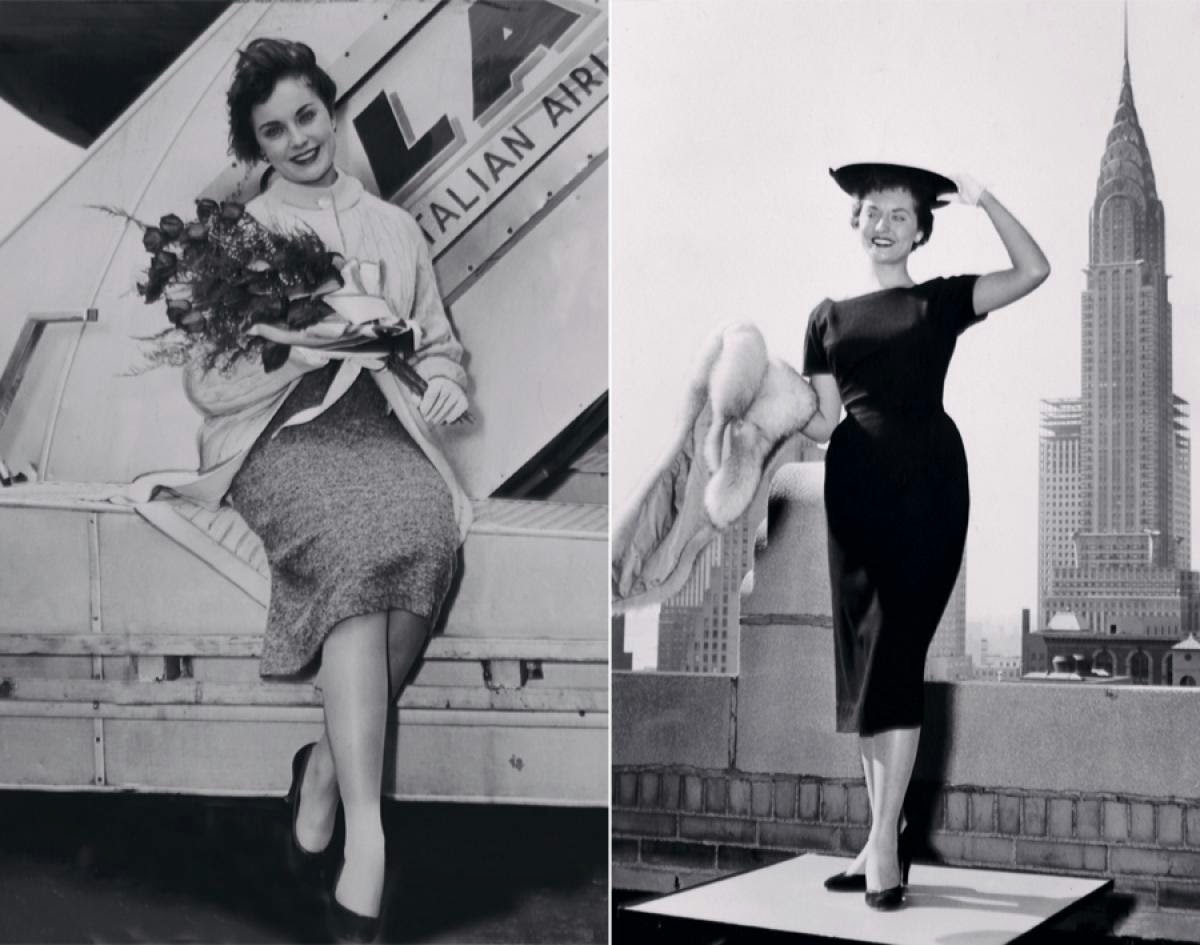
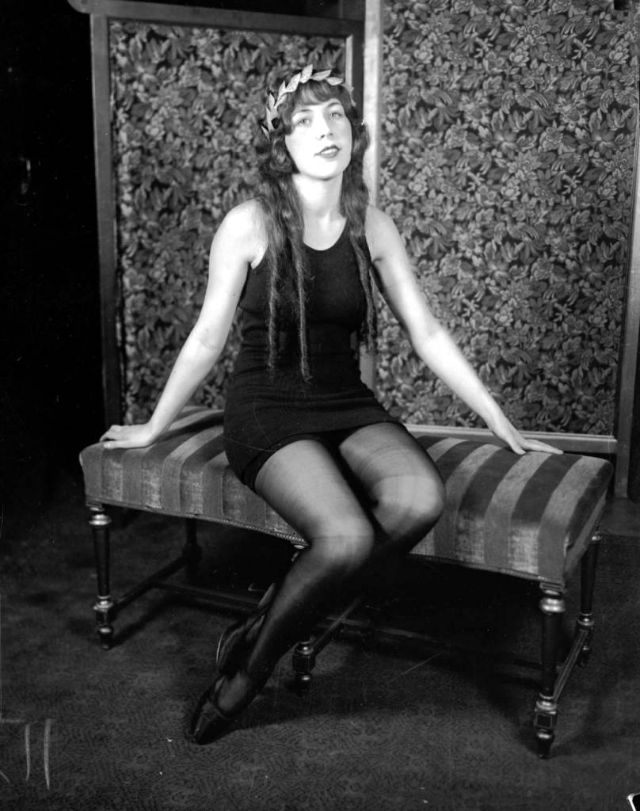
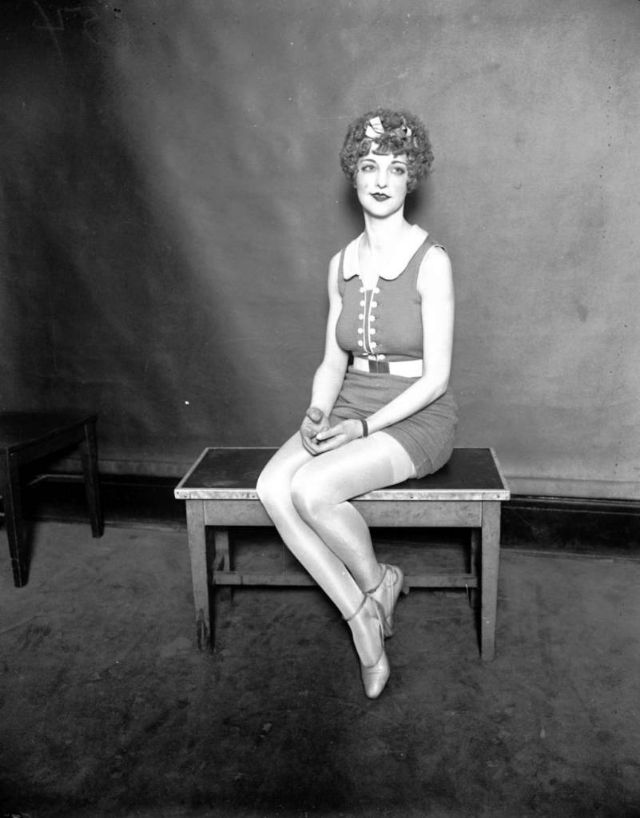

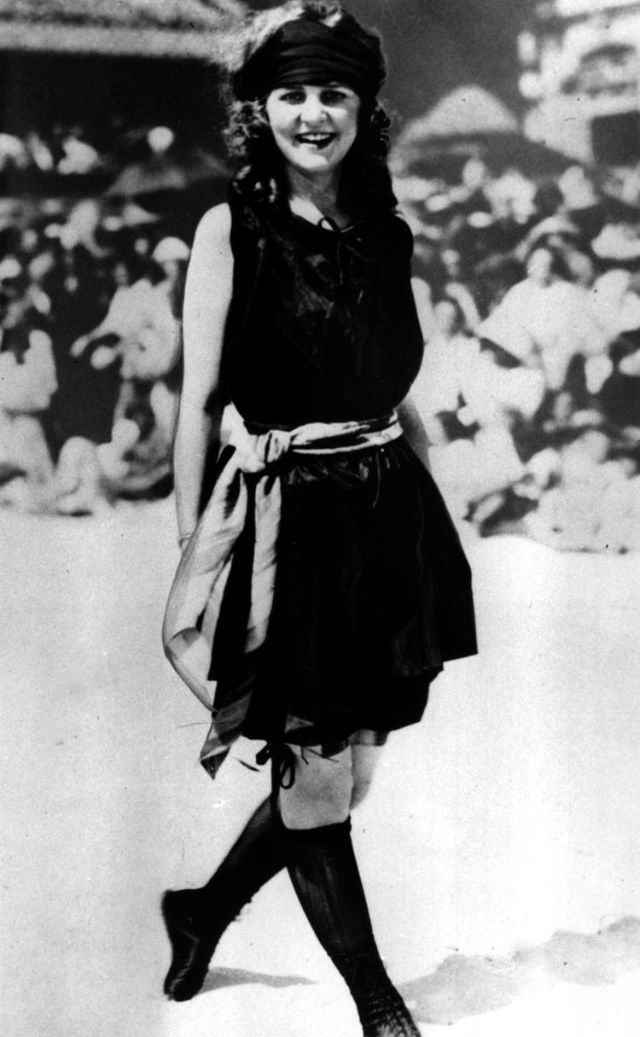
Video
Watch the video to hear the incredible life story of the first Black Miss America, 1984, and see how she continues to inspire with her lasting impact!
